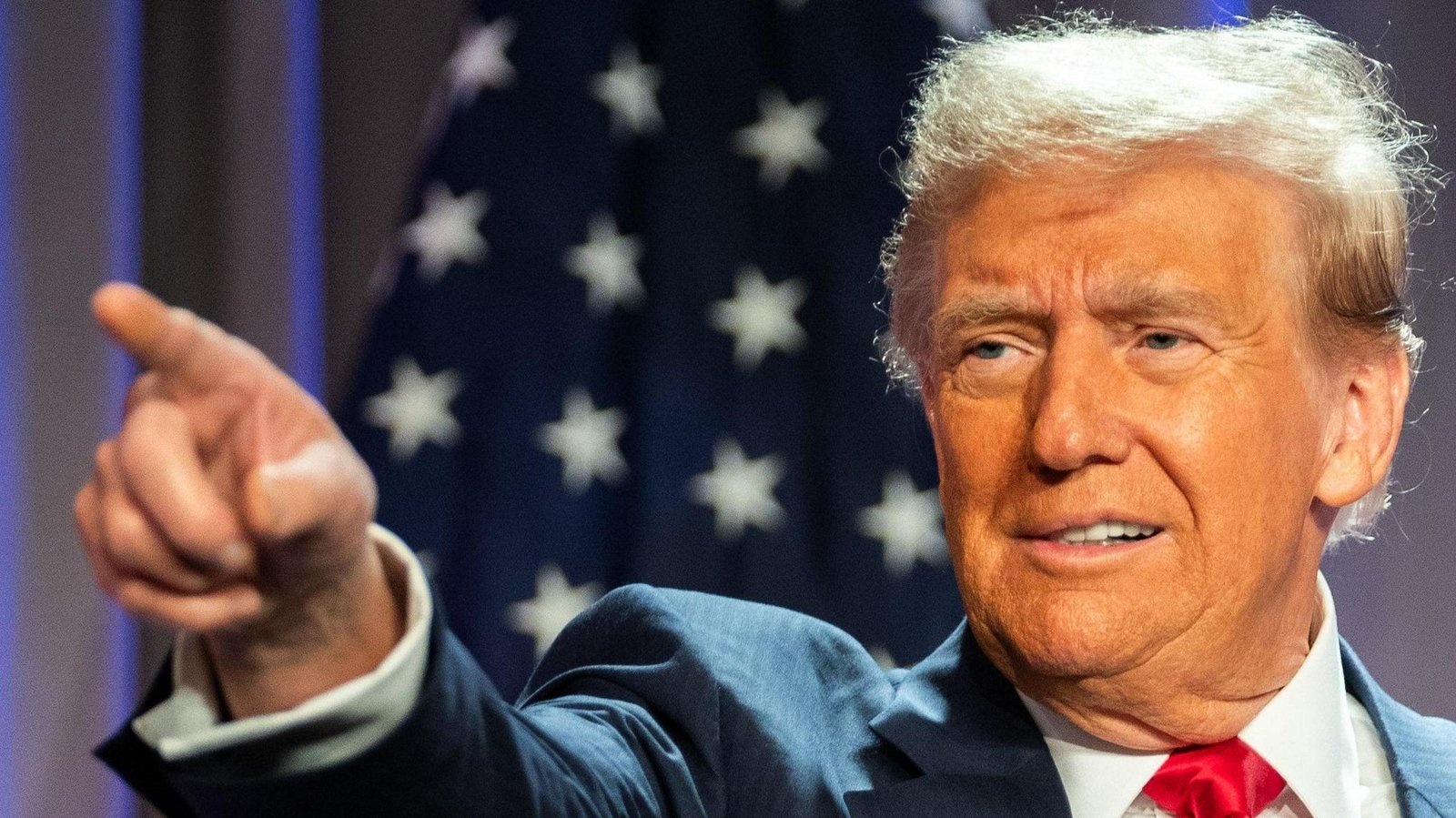As President-elect Donald Trump sets the stage for forming his Cabinet, the topic of recess appointments has shot into the limelight. The concept carries a rich historical background and complex legal, procedural, and political implications, making it crucial to comprehend the nuances involved in its application.
What are Recess Appointments?
Definition and Purpose
Recess appointments are a constitutional mechanism that enables the President to fill key government vacancies without the need for Senate confirmation while Congress is not in session. This element of the Constitution was designed to maintain government functionality during times when Congress was not convened, such as in earlier eras when travel to Washington was time-consuming.
Historical Context
Over the years, presidents like Bill Clinton, George W. Bush, and Barack Obama have utilized recess appointments, predominantly for lower-tier positions. The landscape surrounding this practice shifted in 2014 following a Supreme Court ruling that set the requirement of Congress being in recess for a minimum of 10 days for such appointments to be valid, thus imposing boundaries on the practice’s application.
The Process of Cabinet Confirmation
Senate’s Role in Confirmations
The Senate traditionally plays a pivotal role in the process of confirming Cabinet appointments, a critical aspect that upholds the checks and balances inherent in the U.S. governmental structure. Senate confirmation is instrumental in ensuring that nominees are thoroughly vetted and approved through legislative scrutiny.
Potential Use by Trump
President-elect Trump has indicated his intention to employ recess appointments as a strategic move to circumvent Senate confirmation for certain nominees who are under significant scrutiny and opposition, such as Robert F. Kennedy Jr. for the role at the Department of Health and Human Services.
Senate Dynamics and Political Climate
Republican Majority
With the Republican Party holding a 53-seat majority in the upcoming Senate, and Vice President-elect JD Vance potentially breaking ties, the dynamics within the Senate could play a crucial role in determining the success of Trump’s recess appointment efforts. However, balance within the party suggests varying degrees of support for bypassing traditional confirmation routes.
Democratic Opposition
The Democratic Party stands unified in opposing Trump’s use of recess appointments, considering potential legislative strategies to prevent the Senate from entering recess. This situation reflects the broader political tension and legislative gridlock that could impact the feasibility of these appointments.
Legal and Procedural Challenges
Supreme Court Rulings
The 2014 Supreme Court decision mandates a minimum of a 10-day recess for valid recess appointments, emphasizing the need for both chambers of Congress to agree on adjournment beyond three days. This requirement presents a procedural hurdle that Trump must navigate to implement his proposed recess appointments.
Unprecedented Approaches
Trump has proposed using an unprecedented constitutional clause to adjourn Congress if consensus on recess timing cannot be reached, although this approach remains untested and legally ambiguous. The novelty of this suggestion raises constitutional debates that could influence its advancement.
Institutional and Political Implications
Departure from Precedent
If recess appointments are employed for high-level Cabinet positions, it would mark a significant divergence from historical norms. Such a decision could reshape the landscape of presidential appointments, setting potentially far-reaching precedents for future administrations.
Institutional Integrity
The role of Sen. John Thune, with his dedication to institutional integrity, could prove integral in maintaining the Senate’s established responsibilities of nomination oversight and voting. The balance between executive intent and legislative authority lies at the heart of this ongoing debate.
In conclusion, while recess appointments provide a constitutional tool for presidents, their application for Cabinet-level posts introduces numerous legal, procedural, and political challenges. This dynamic brings to light the perennial executive-legislative tension within U.S. governance. For more insights into governmental procedures and political dynamics, continue following news on my blog.
Source: Read more about the original story here.
“`






